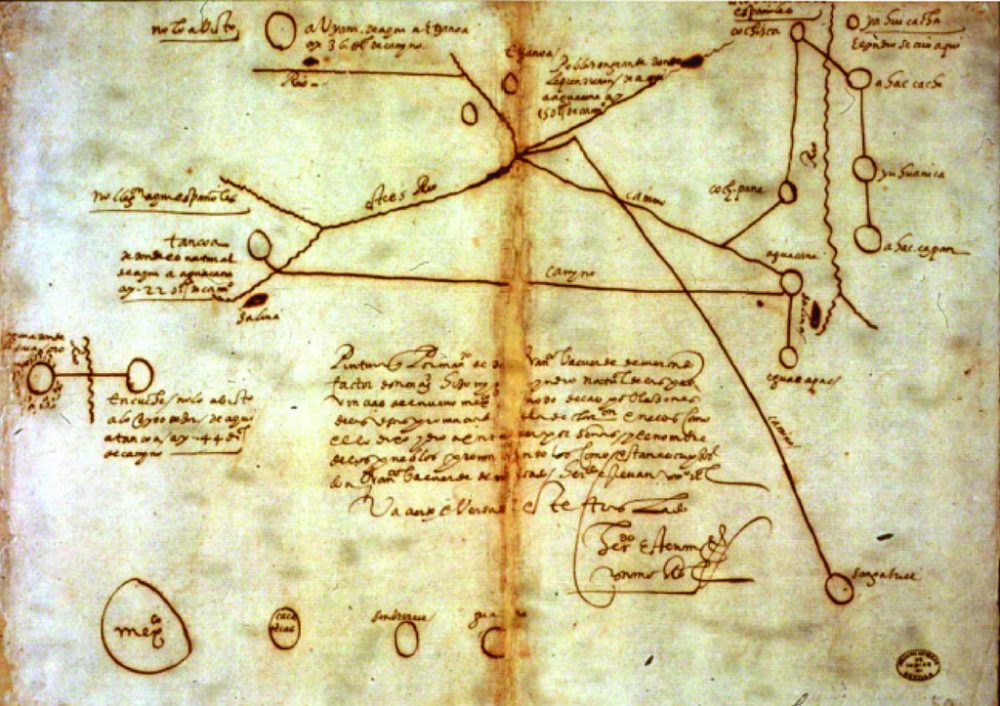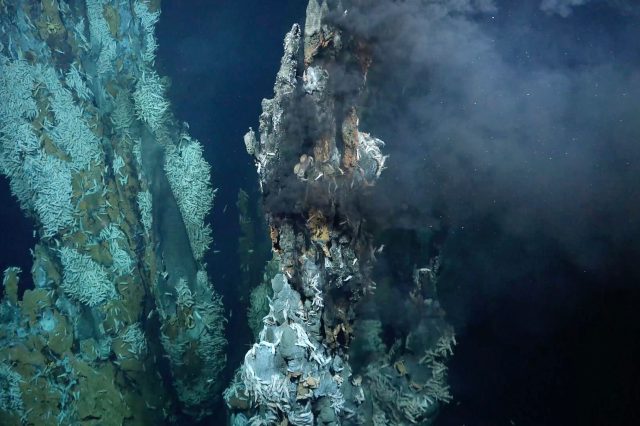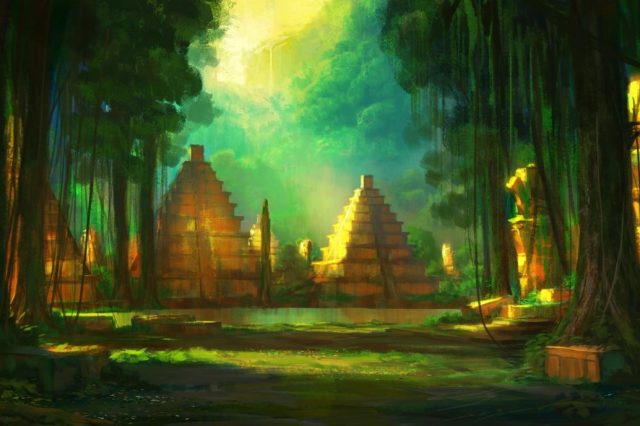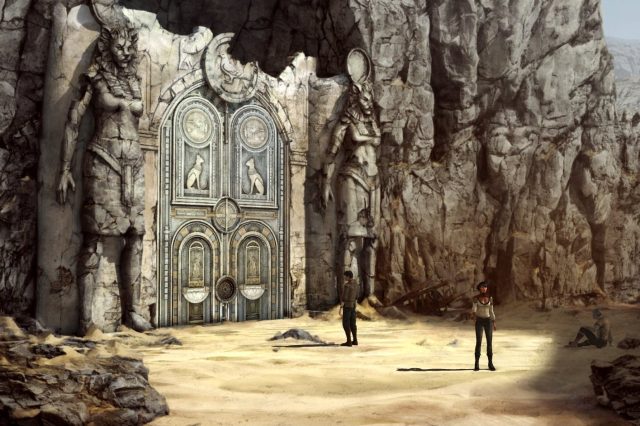A long-lost ancient city believed to have existed near modern-day Arkansas City has been confirmed by scientists. The settlement, known as Etzanoa, is thought to have been home to around 20,000 Native Americans during the seventeenth century. This discovery proves that Native Americans lived on the continent in advanced proto-cities long before the arrival of the Spaniards.
During their excavation, scientists found traces of Spanish horseshoes, nails, and a pockmarked iron ball believed to have been fired from Spanish guns in a battle between the conquistadors and the Native American population. Etzanoa had long been described in folklore and myths, but recent studies at the site have revealed evidence of houses surrounded by gardens and vast farmlands.
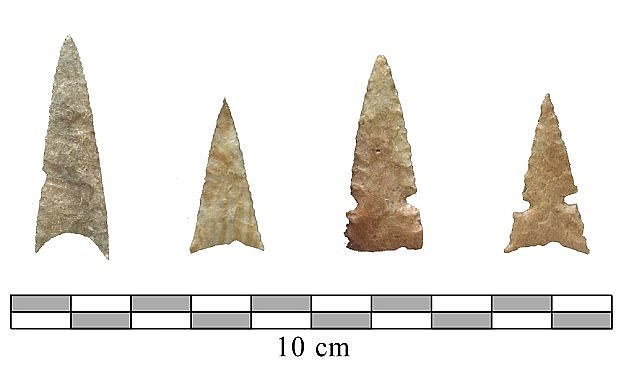
The existence of Etzanoa is further supported by eyewitness testimonies found in several historical records, as reported by the Daily Mail. This discovery challenges conventional thinking about pre-colonial America and its history. Written evidence by Juan de Oñate, a Spanish conquistador and governor of New Mexico in the 17th century, has helped experts pinpoint the city.
Donald Blakeslee, an archaeologist at Wichita State University in Kansas, reanalyzed translations made in 2013 to gain a clearer view of the expedition led by Juan de Oñate. “What this find represents is totally against what the history books told us. It’s amending history,” said Dr. Blakeslee.
According to Dr. Blakeslee, the Great Plains were originally thought to be sparsely populated, but this discovery suggests that an intricate system of towns and cities dotted the regional map. Excavations at the site have revealed rocks and minerals not native to the region, indicating that the inhabitants of Etzanoa traded with other Native American groups in North America, as well as with civilizations from Central and South America.
Dr. Blakeslee believes that this discovery rewrites history books and serves as a reminder that history is fluid, with every answer leading to more questions.
PLEASE READ: Have something to add? Visit Curiosmos on Facebook. Join the discussion in our mobile Telegram group. Also, follow us on Google News. Interesting in history, mysteries, and more? Visit Ancient Library’s Telegram group and become part of an exclusive group.

